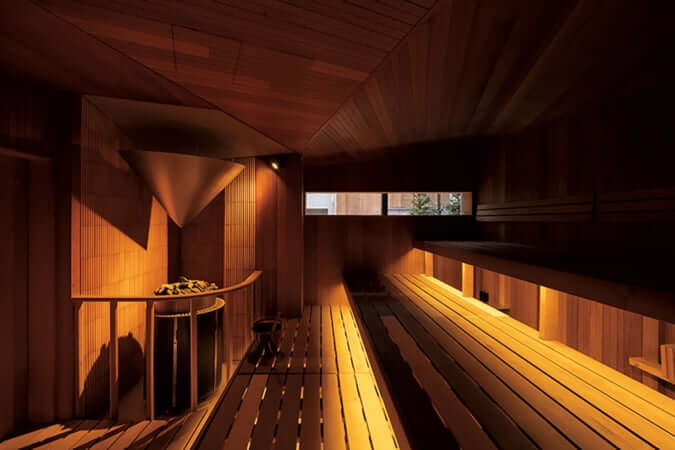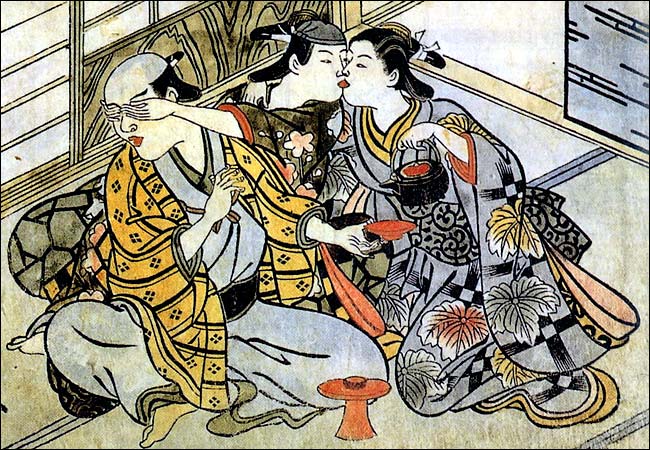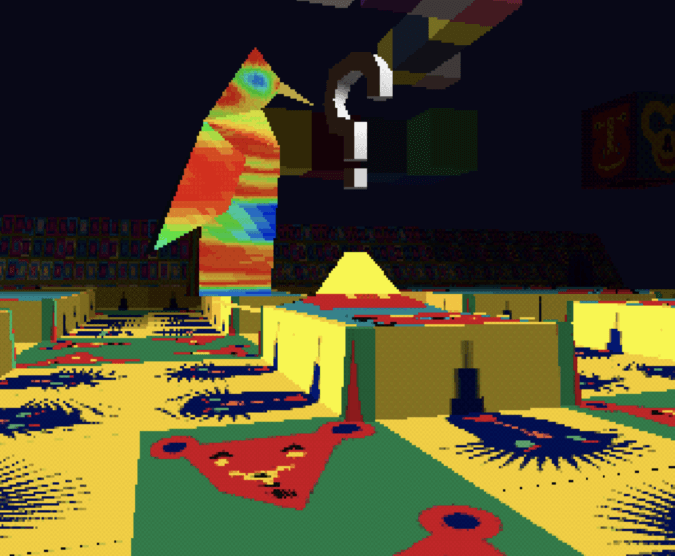HOSOO: Kyoto-Based Textiles Taking on the World
Founded in 1688, textile manufacturer HOSOO specialises in luxury fabric for use in interior design and haute couture.

Courtesy of HOSOO
From Chanel boutiques to luxury Four Seasons hotel rooms and Panasonic showrooms, the textiles produced by HOSOO, a Kyoto-based fabric manufacturer that’s over 100 years old, are discreet but omnipresent.
To prolong its existence, this family-run business has had to reinvent itself continually, without ever sacrificing its time-honoured expertise. ‘Times change and you have to change with them’, declares Masataka Hosoo, who has been running the business since 1982. ‘In the world of crafts, we feel as though tradition is not enough. You have to diversify; you can’t rest on your laurels.’
To understand how one of the most revered silk-kimono makers in Japan managed to extend its reputation outside of Japanese borders, one must go back in time a little.
Weaving for the Imperial Court
The HOSOO textiles mill was founded in Kyoto in 1688 and won acclaim for providing the Imperial Court in Kyoto with kimono and obi (the belt used to secure a kimono), using the nishijin technique only. This artisanal weaving technique, which emerged in Kyoto in the 15th century, uses silk but also gold and silver threads. This was a constant activity until the day when kimono sales fell drastically. ‘Over the last thirty years, the kimono market has been reduced to a tenth of its initial size’, Masataka Hosoo explains.
Together, Masataka Hosoo and his team diversified and branched out into three new domains: art, fashion, and interior design. ‘We started to target the global luxury market with new textiles we developed using local techniques’, he explains. ‘I wanted to transmit the expertise that exists here—carefully created textiles, which show high regard for materials—and bring it to the global luxury market.’
A completely Kyoto-based production process
Respect for materials and craftsmanship are indispensable to this Kyoto-based textile mill, which works with highly qualified craftspeople to create its kimono and obi. Some of them are recognised as living national treasures in Japan.
HOSOO decided to create its designs in an international style and in different colours, using gold or silver thread to brighten up the fabrics. ‘It’s a tradition in Japanese fashion which we don’t use in traditional pieces, but in the material of the future.’
All of the textiles are still produced in the workshop and in HOSOO’s various facilities in Kyoto. The artisans continue to use the nishijin technique, but also employ 3D weaving to create fabrics with a clearly modern touch. Indeed, HOSOO has worked closely with Panasonic to create user interfaces that involve textiles rather than buttons, notably through the use of weaving with gold wire, an electrical conductor.
More information on HOSOO’s production is available on its website.
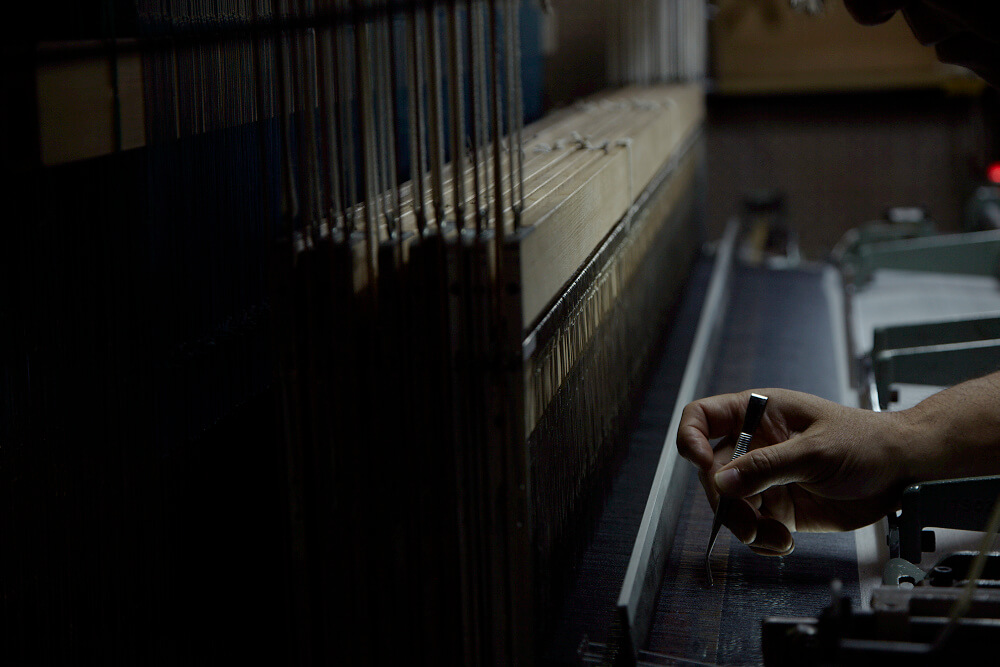
Courtesy of HOSOO
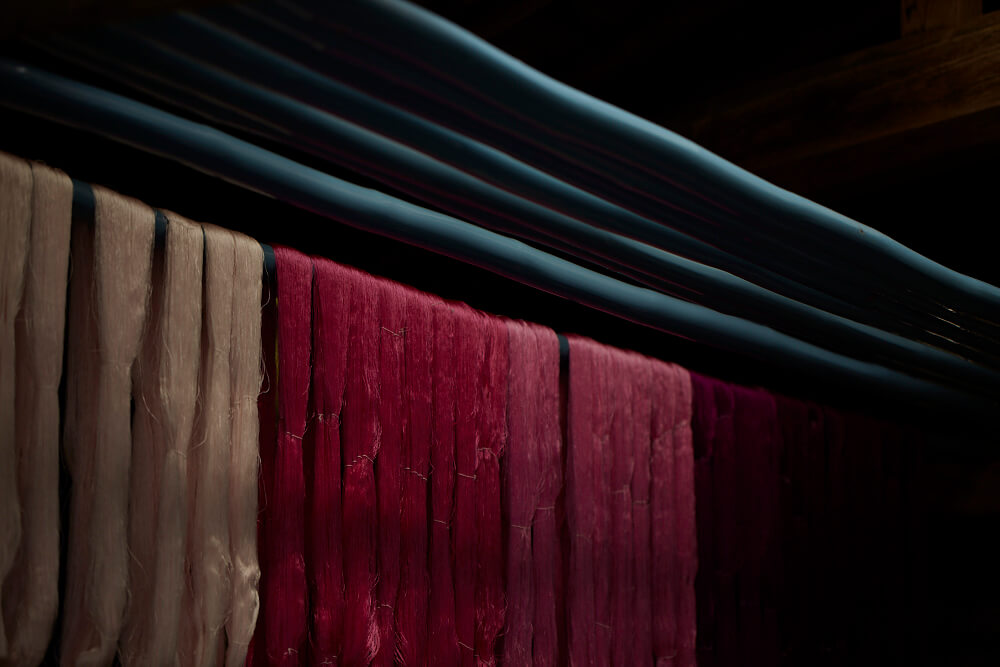
Courtesy of HOSOO
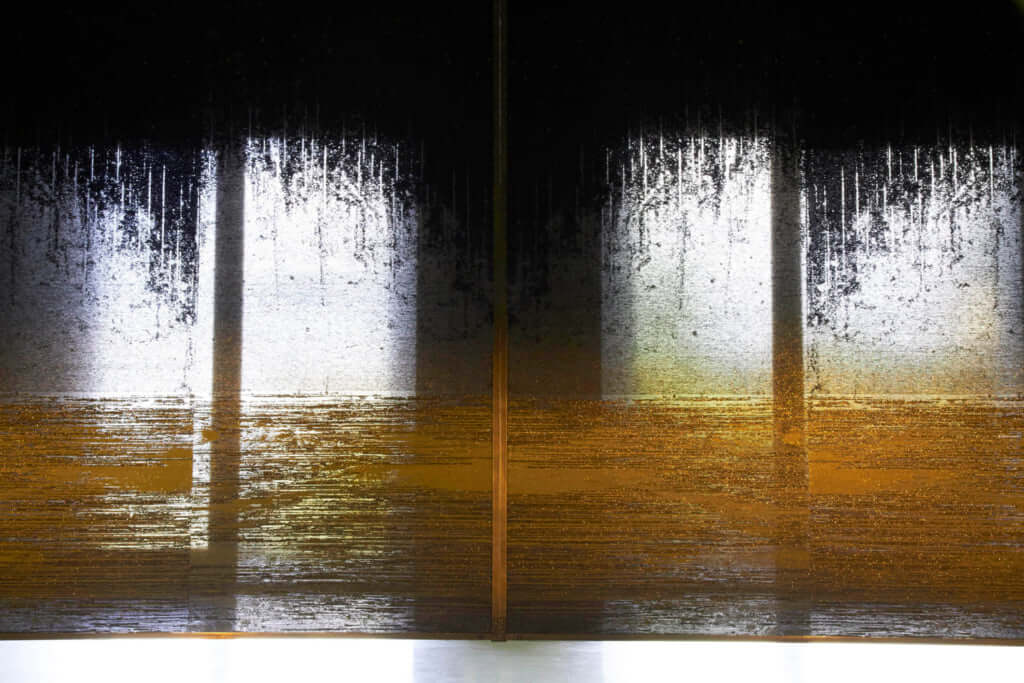
Courtesy of HOSOO
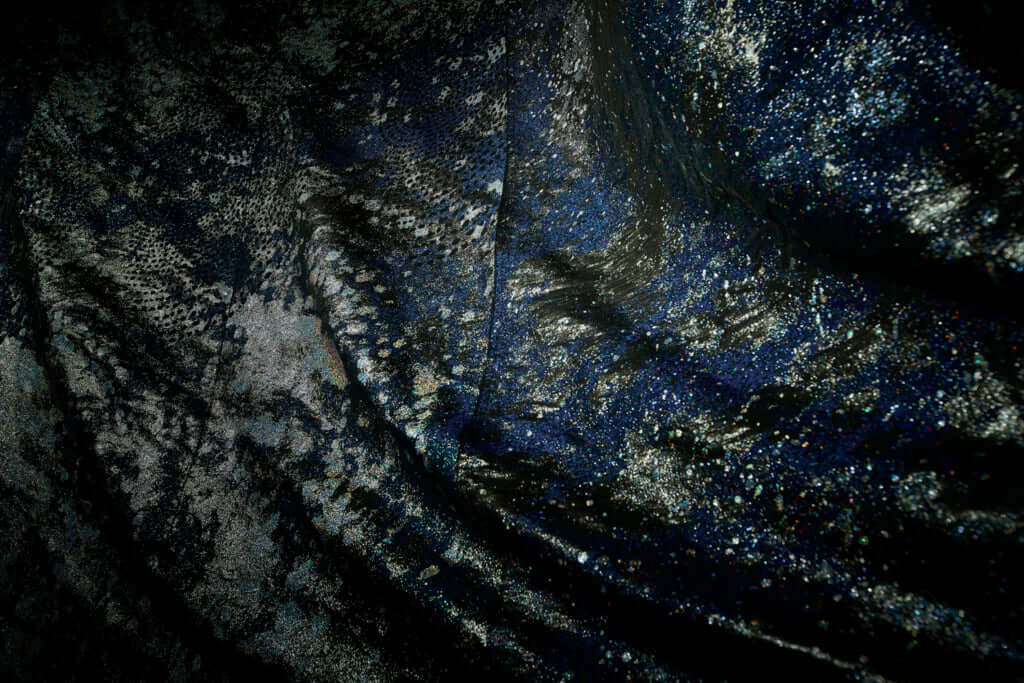
Courtesy of HOSOO
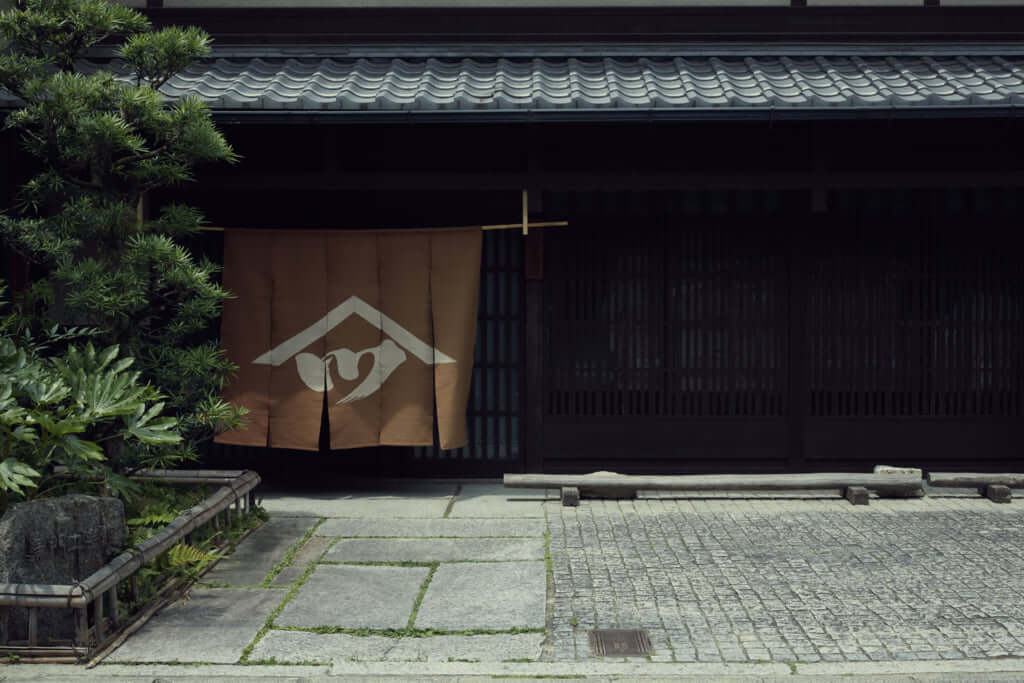
Courtesy of HOSOO
TRENDING
-
The Tattoos that Marked the Criminals of the Edo Period
Traditional tattoos were strong signifiers; murderers had head tattoos, while theft might result in an arm tattoo.

-
Colour Photos of Yakuza Tattoos from the Meiji Period
19th-century photographs have captured the usually hidden tattoos that covered the bodies of the members of Japanese organised crime gangs.

-
The Trendiest ‘Sento’ and Saunas in Tokyo
The bath culture remains vibrant in the capital city, where public baths and saunas designed by renowned architects are continuously opening.

-
Rituals of Ancient Gay Shunga Erotica
Shunga was prolific in Japan during the Edo period, with ‘nanshoku’ referring to the depiction of homosexual erotica.

-
‘LSD: Dream Emulator’, an Avant-Garde Game Released on PlayStation
In this video game created by Osamu Sato and released in 1998, the player explores the surrealist, psychedelic environment of a dream.



